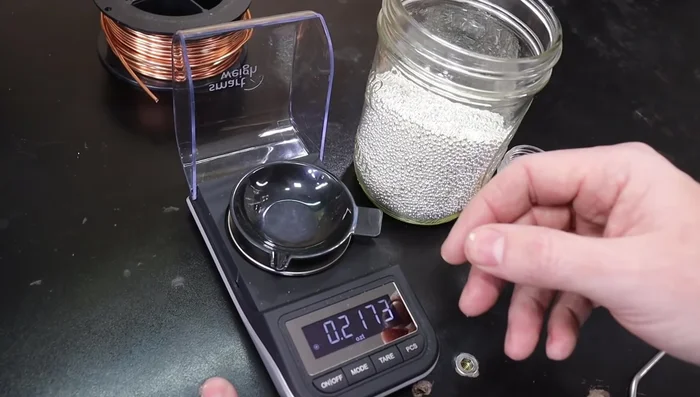Sterling silver, with its lustrous beauty and enduring quality, has captivated artisans and jewelry lovers for centuries. Its distinctive 92.5% silver content, alloyed with other metals for strength and workability, makes it a prized material for countless creations. However, the creation of sterling silver isn't a mystical process; it's achievable through careful metallurgical techniques, and the speed of production depends largely on the chosen method and available resources. The allure of crafting your own sterling silver is undeniable, offering a rewarding journey from raw materials to finished piece.
This guide will delve into the fastest and most efficient methods for producing sterling silver, outlining the crucial steps for both novice and experienced metalworkers. From refining silver to achieving the precise alloy composition, we'll explore the techniques that minimize processing time without compromising the quality of the final product. Let's dive into the step-by-step process and discover the fastest way to create your own beautiful sterling silver.
Preparation and Safety Guidelines
- Scale (with small unit measurements)
- Crucible (seasoned)
- Torch (acetylene/oxygen or MAP gas)
- Graphite or Steel Ingot Molds
- Borax
- Safety Glasses
- Ventilation
- Tripod (optional)
- Rolling Mill (optional)
- Pickling Solution (optional)
- Working with molten silver requires extremely high temperatures. Use appropriate safety equipment, including heat-resistant gloves, eye protection, and a well-ventilated area. Never attempt this process without proper training and safety precautions.
- Silver fumes are toxic. Ensure adequate ventilation to avoid inhaling them. Use a respirator if necessary.
- Molten silver can cause severe burns. Handle with extreme caution and avoid any direct contact. Have a fire extinguisher readily available.
Step-by-Step Instructions
Prepare Materials
- Weigh out your desired amount of fine silver (99.9% pure) using a precise scale. The example uses 1 troy ounce (approximately 31.1 grams).
- Multiply the weight of your fine silver (in grams) by 0.074 to determine the required amount of pure copper (99% pure) in grams.


Prepare Materials Combine and Flux
- Combine the weighed fine silver and calculated copper in your crucible.
- Sprinkle a small amount of borax (flux) into the crucible. This helps with melting and prevents impurities.


Combine and Flux Melt the Silver
- Use your torch (acetylene/oxygen recommended for speed) to melt the metals completely. Ensure they are super liquid before pouring.

Melt the Silver Prepare the Mold
- Prepare your chosen mold (graphite, steel, or water for grain) by lubricating it with oil or soot to prevent sticking. Heat the mold slightly.

Prepare the Mold Pour and Cool
- Carefully pour the molten metal into the mold in one continuous flow.
- Allow the metal to cool completely. Once cooled, clean the ingots using a pickling solution to remove any flux residue.


Pour and Cool
Read more: DIY Tiered Tassel Earrings: A Quick & Easy Jewelry Tutorial
Tips
- Use Acetylene/Oxygen Torch: For faster melting, use an acetylene/oxygen torch. If unavailable, use a propane/oxygen or MAP gas torch.
- Safety First: Wear safety glasses and work in a well-ventilated area. The molten metal is extremely hot!
- Pre-heat the Mold: Slightly warming the mold beforehand helps prevent the metal from cooling too quickly and ensures a smoother pour.
- Catch Spills: Place the mold on a metal surface with lips to catch any spills.







